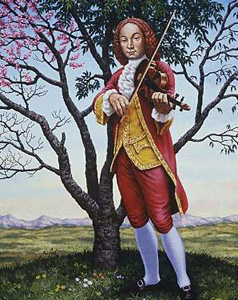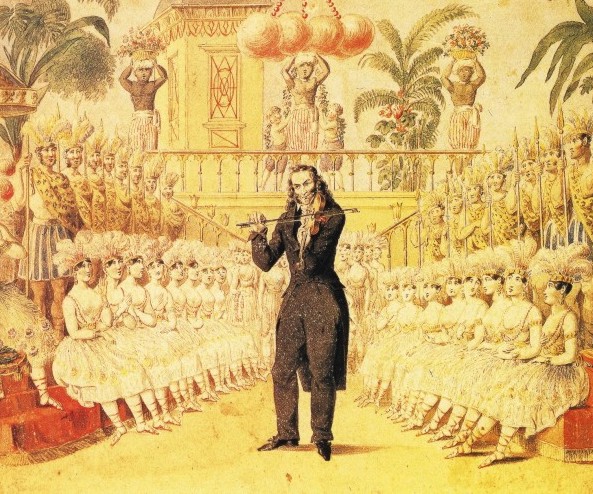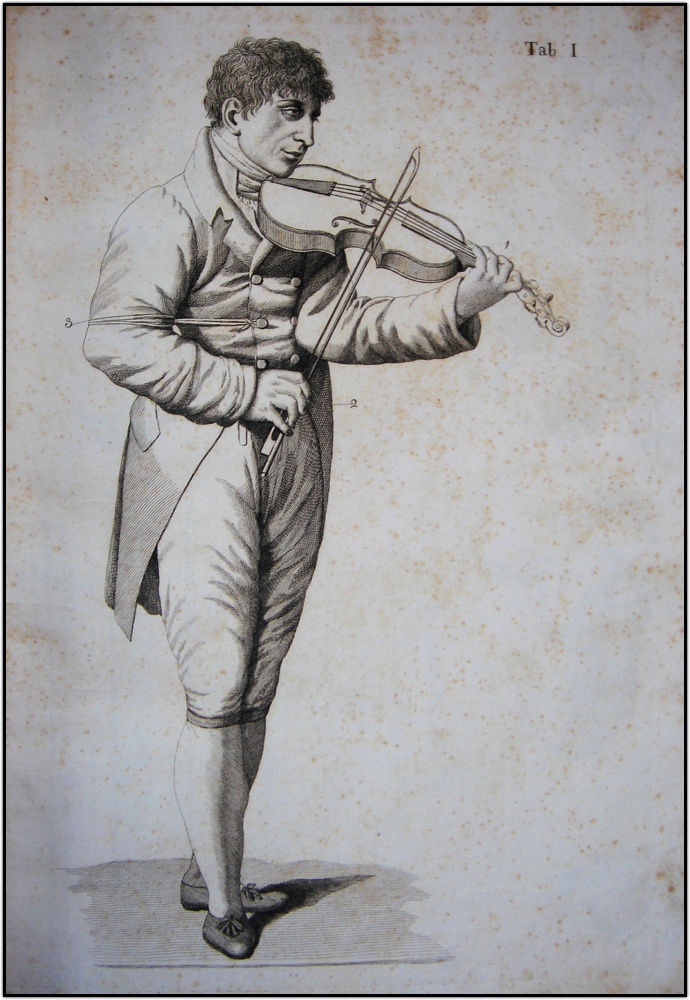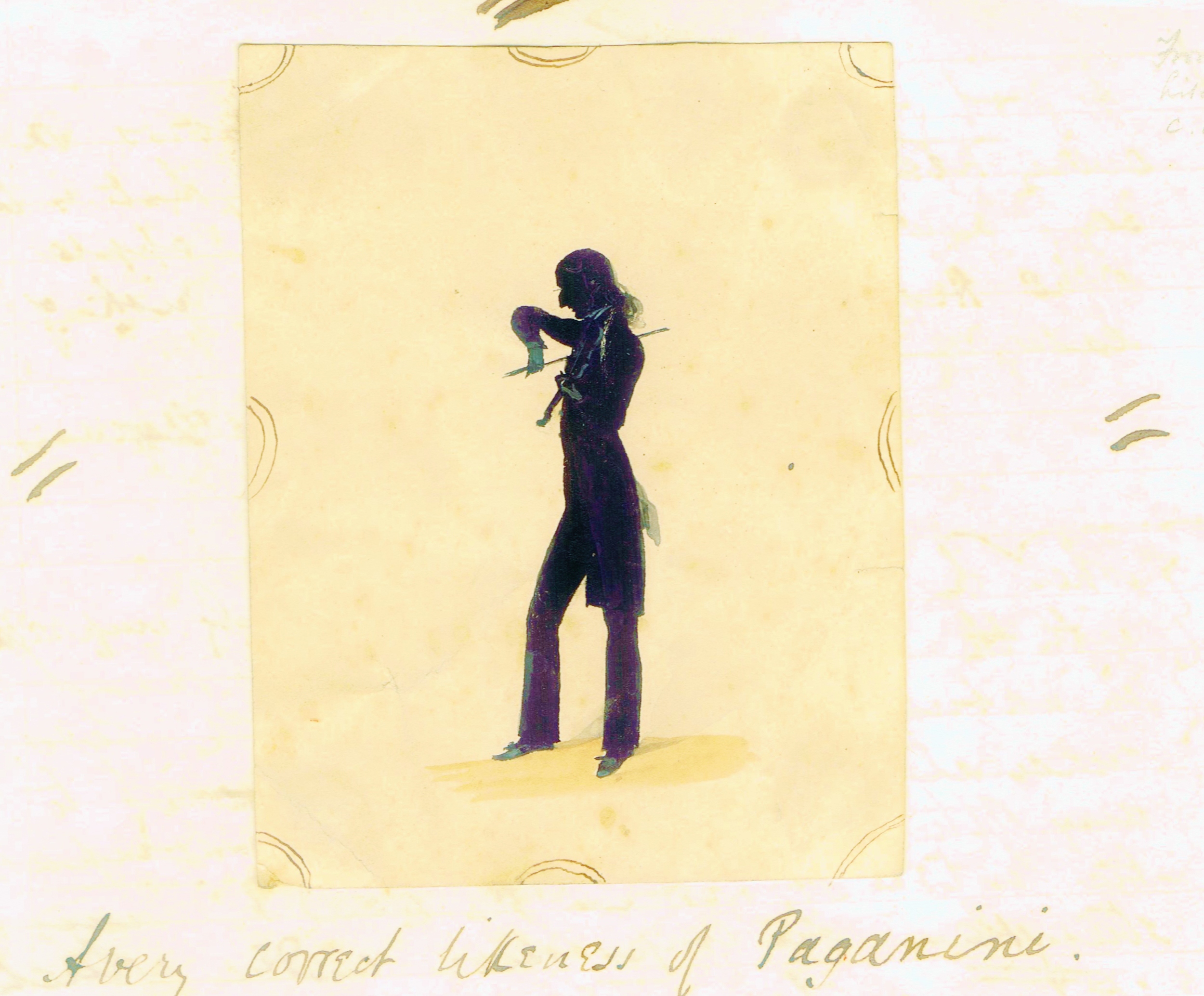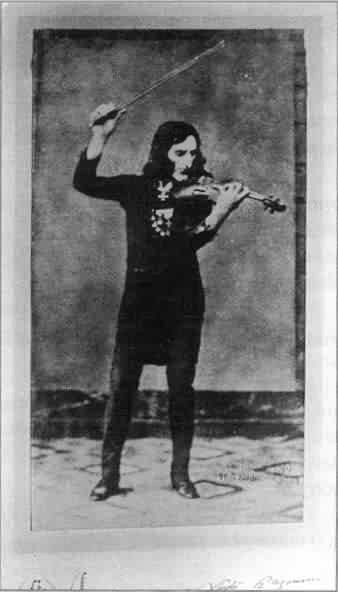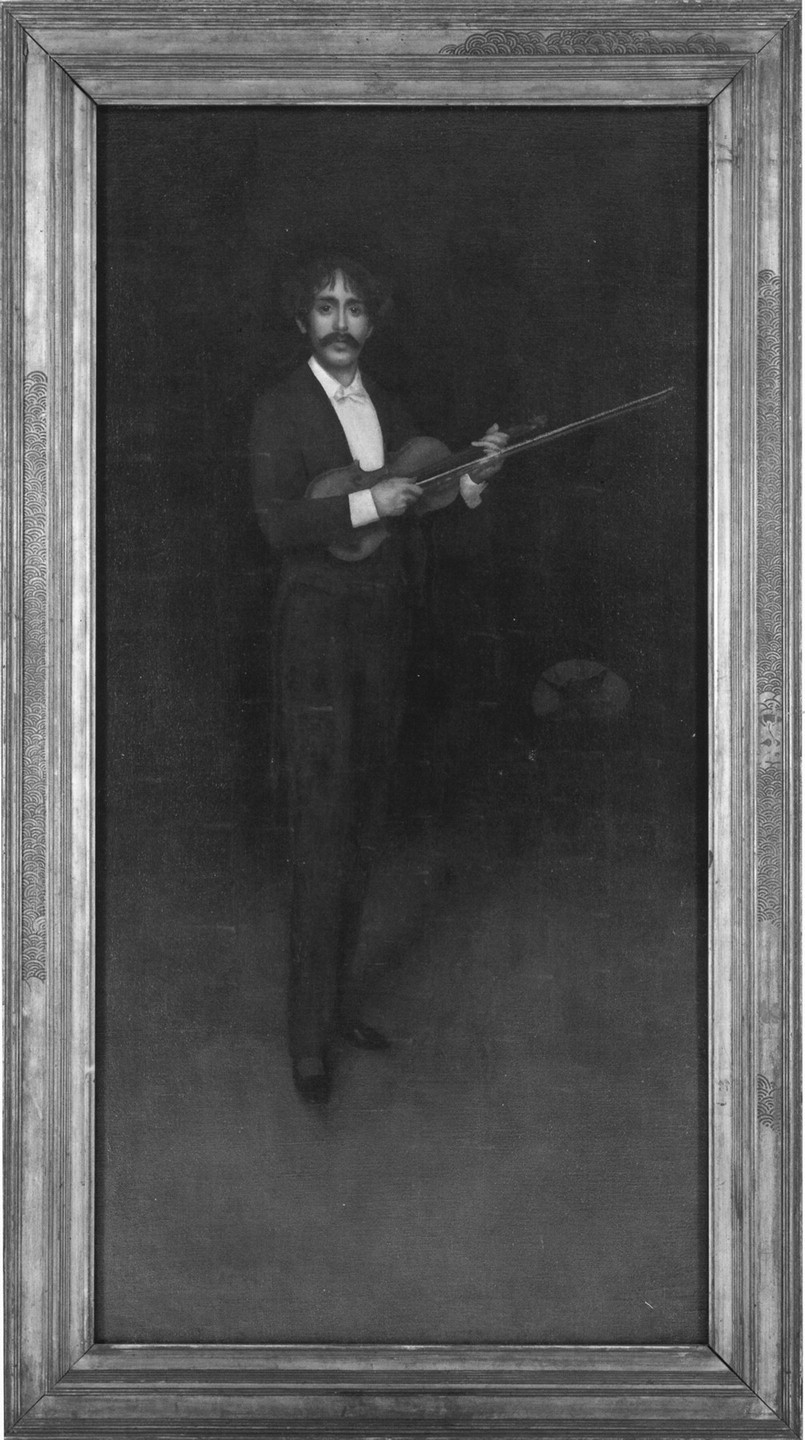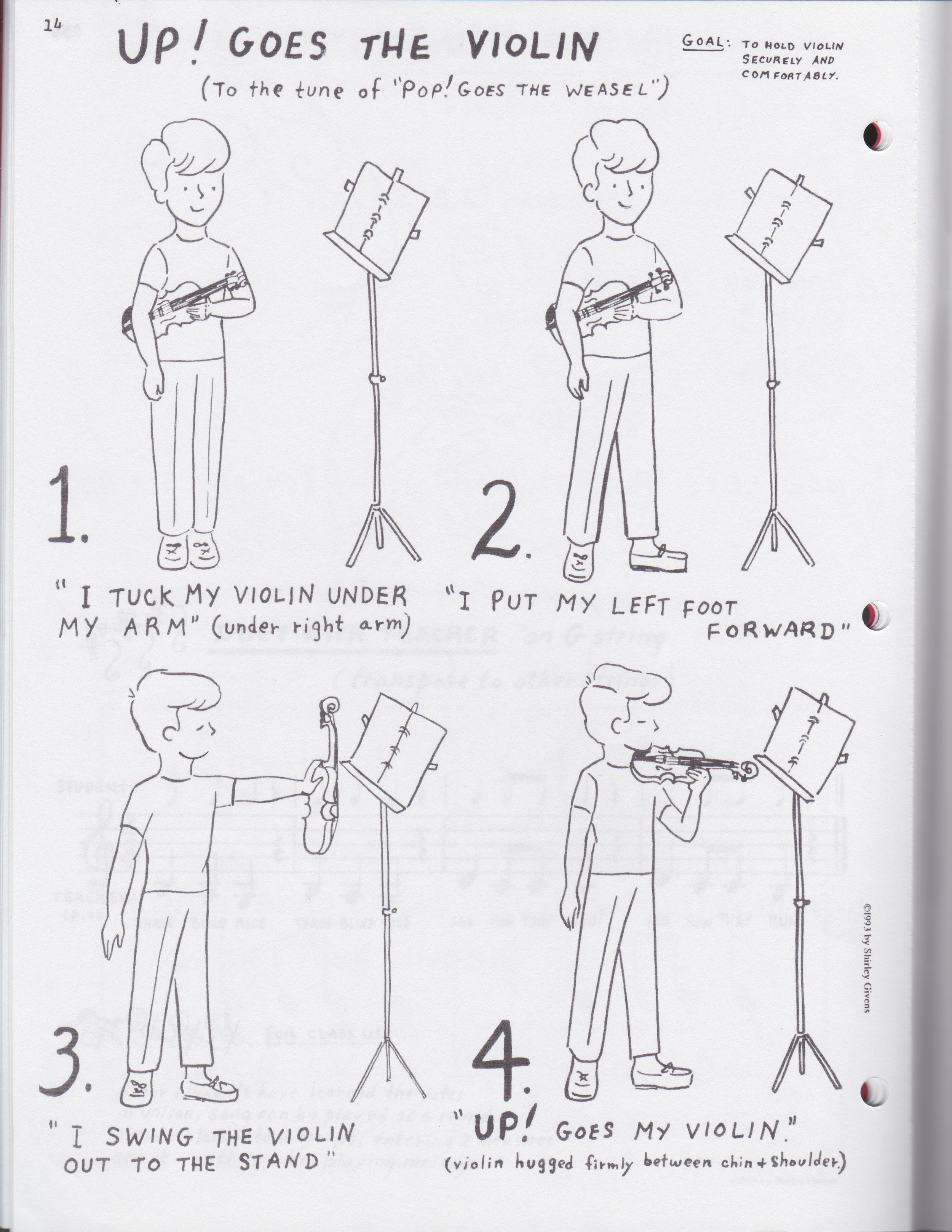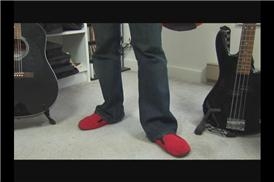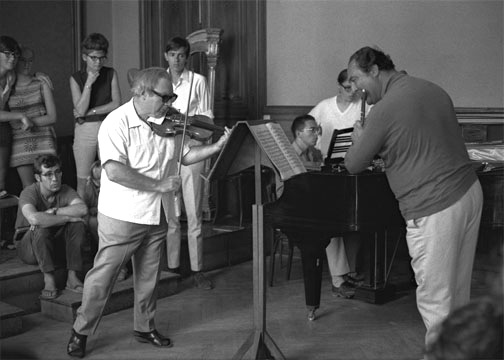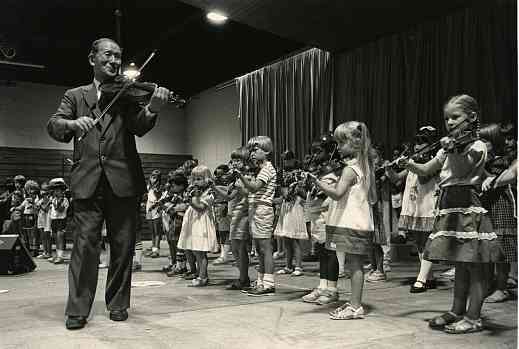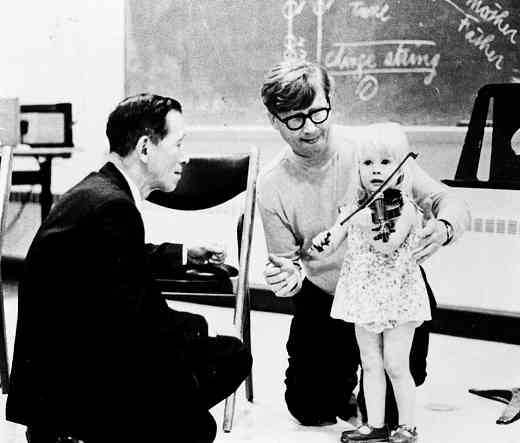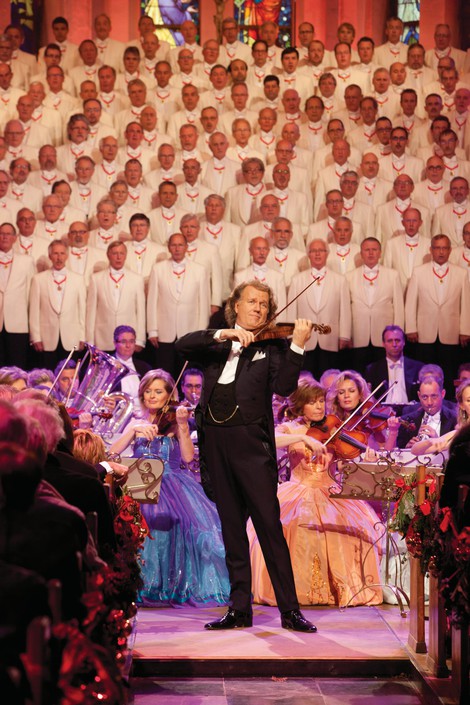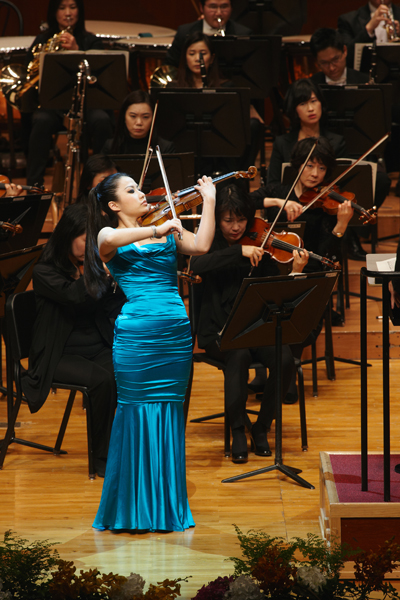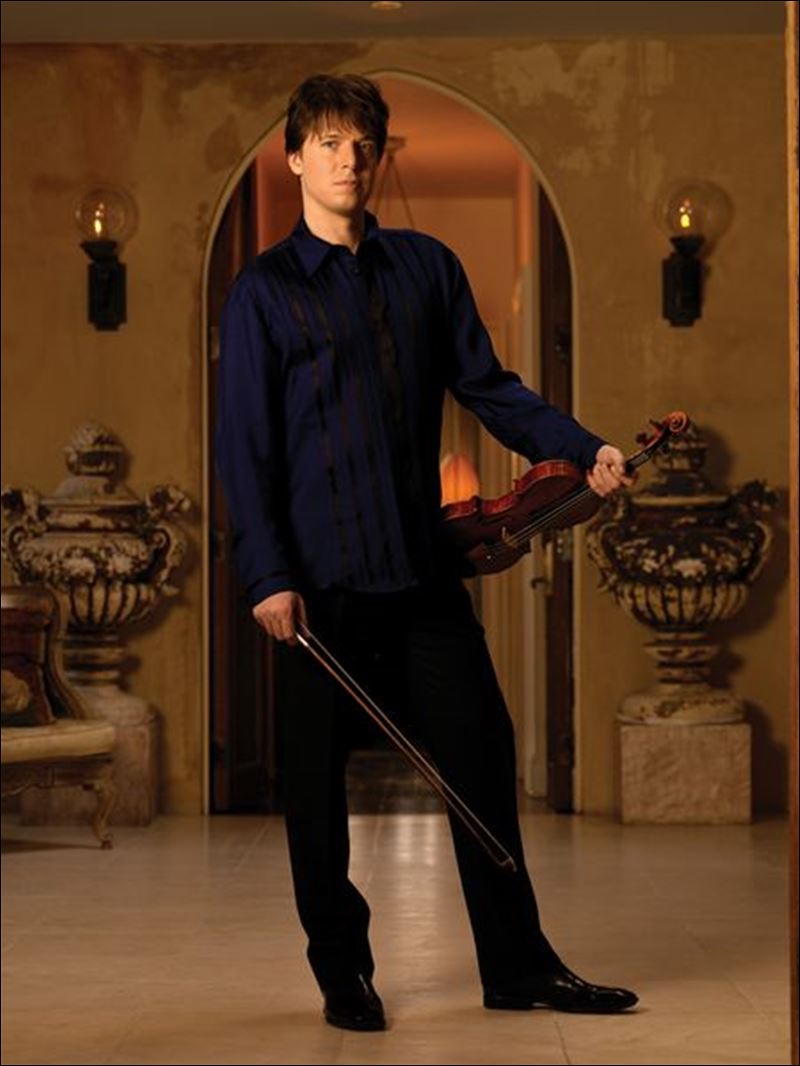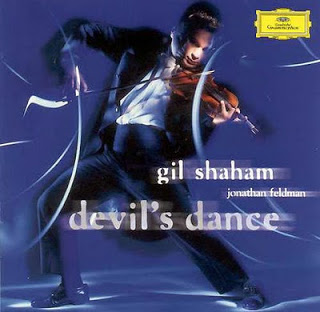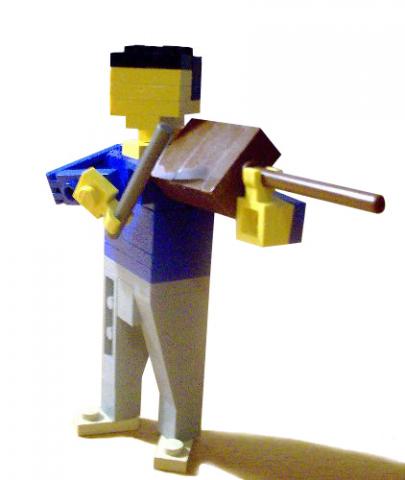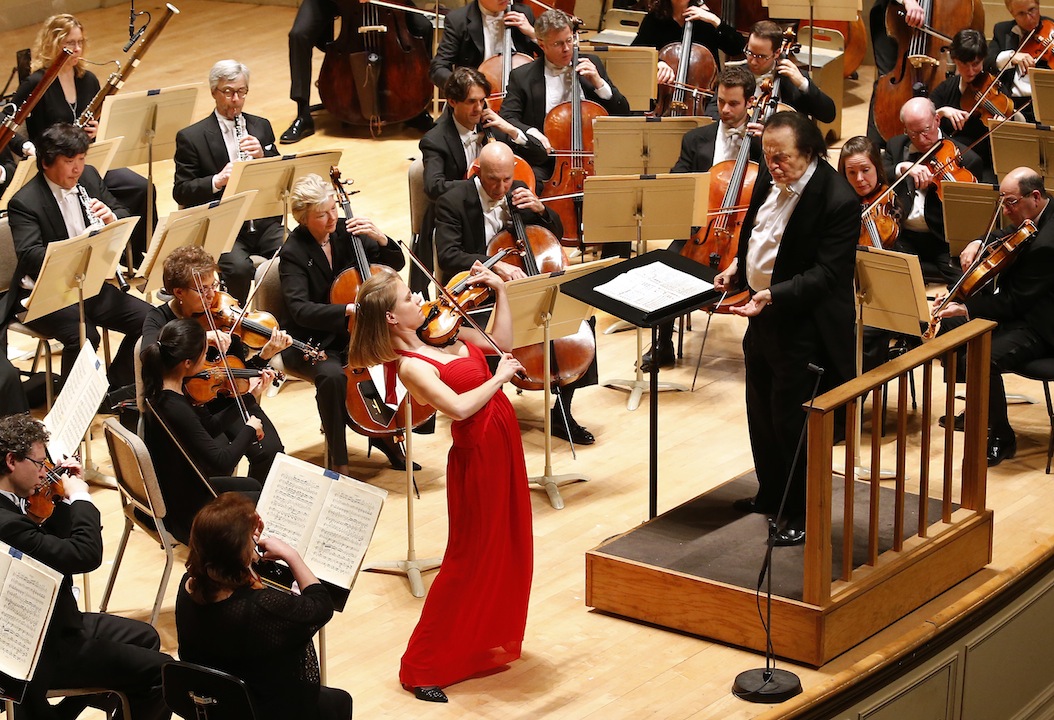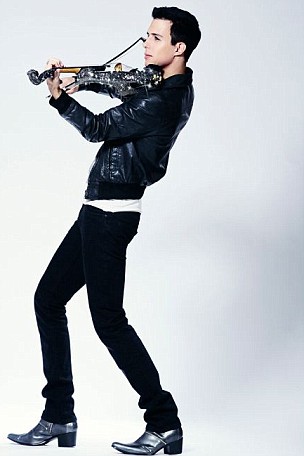Violin Stance Through The Ages
I'm fascinated at how most upper string players are taught to stand in order to play violin or viola, and how that has originated historically. Just to illustrate my point on how virtually everyone turns out at least one leg while playing violin, here's a gallery of images through the ages. Some are exaggerated artistic renderings, some are photographs. It's been happening for hundreds of years, and perhaps, it's not the only advantageous way to stand.
Yehudi may have been a serious yogi, but he turned out his feet too. It's how it's been "done" for hundreds of years.
We can see that this pattern is not just limited to any one specific training in violin or viola, but is instead a timeless practice extending far beyond any one technique or tradition. There's a combination of "showmanship" histrionics and drama, which sometimes makes for unusual stance and posture. In addition, some of these images may be taken while the player is moving dynamically, and may not illustrate a specific static posture.
There are a few constant themes though- legs tend to be turned out in most images, and many people have a split stance with one leg in front of the other. The other common theme in talking about musical instrument alignment is balance: different teachers will speak of different alignments that are the "best" way, as long as the student is in balance, but what does a balanced standing posture even mean?
Is it your fault if you play with one leg in front of the other or in turn out? No. Are you definitely going to hurt yourself or your students if you teach this way? Not necessarily. But the question I have is: why? If having one leg in front is "counterbalancing" the weight of the violin or viola, what is happening to the rest of the body to accomplish that, and what are the long term effects on the body?
However, as biomechanists, kinesiologists, and music educators refine their understanding of the body, I suggest that we adapt our practices accordingly and start to inquire, "why." Many of these were (and are) great musicians, and perhaps they never played with pain in their hips, spines, shoulders, or necks. However, I know many folks who do work with pain while standing and playing, and so I suggest a questioning of a "one right way to stand" approach. Movement while playing is natural, but it's also good to ask what your baseline posture is and whether it's serving you, in and out of the practice space.


